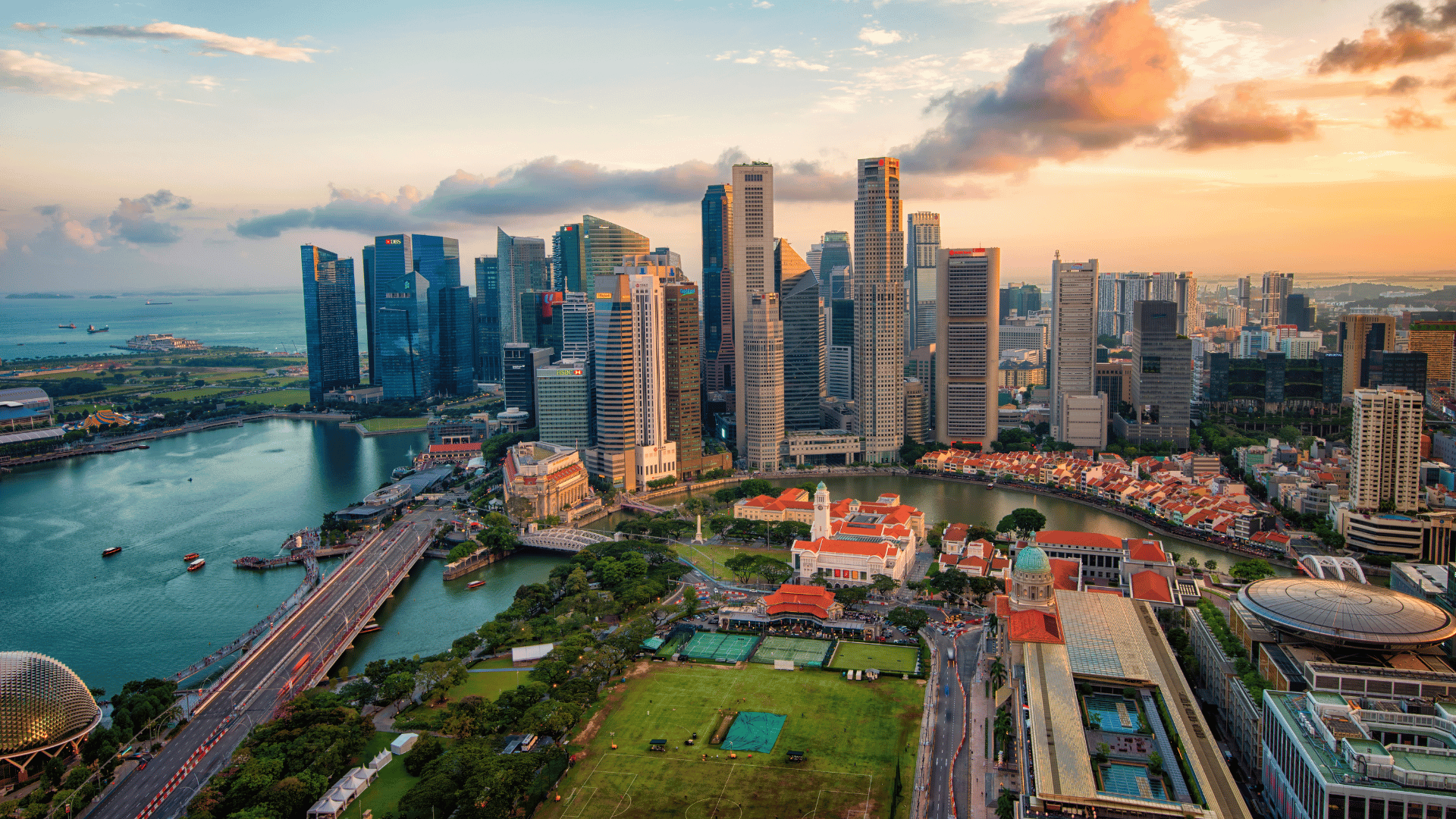Singapore's Chance to Spearhead Decarbonising the Region

This month, 1 August marked Earth Overshoot Day. That's the calendar's tipping point for when human demand surpasses the Earth's capacity to regenerate for the year. What does this mean? Within the first eight months of 2024, we have depleted natural resources nearly twice as fast as our planet's ability to restore itself. Given the modern lifestyle of excess consumption enjoyed by so many worldwide, this is unlikely to improve.
One of the side effects of all this consumption is global warming. In fact, the planet is heating up so quickly that exceeding the feared 2.0°C threshold is almost inevitable. Southeast Asia, including Singapore, is particularly vulnerable to the impacts of climate change. Rising sea levels and disruptions to food and water resources threaten the region's economies and communities. The soaring temperatures Singaporeans feel this summer shows how close the effects of climate change are to home.
It’s now urgent for tougher-to-decarbonise industries to find new ways to accelerate projects that reduce carbon emissions. We agree that companies must make much tougher decisions to respond to the speed of the climate crisis. But where to start?
Reducing Carbon Footprints in Buildings and Textiles: A Crucial Challenge
The buildings and textiles sectors are two important drivers of global CO₂ emissions. According to some estimates, they're responsible for a significant percentage of the world's carbon footprint—up to 40% or higher.
The buildings and construction sector alone is responsible for 40% of global emissions or more. This is primarily due to the energy needed to operate buildings and the production of materials like cement and steel. As we continue developing and building cities, finding better ways to reduce energy use and make material production more sustainable has always been crucial, but now it’s urgent.
Some ideas that can work for businesses in the region
- Drive coordination between landlords and tenants. This will lead to better energy monitoring and data sharing, especially if landlords can speak directly with sustainability teams instead of being limited to the leasing teams, as is too often the case today.
- Focus on older, less efficient buildings. Newer, greener buildings get a lot of attention, but upgrading existing, energy-inefficient buildings must be a priority. Supported by heavily subsidised, actionable energy audits and improved techniques for valuing the potential premium for greener buildings, this sector can scale up the many advances in energy-efficient HVAC and mobility equipment, to name a few.
- Insist that brands pay to reduce supply chain emissions. Brands take the lion’s share of revenue from sales of apparel around the world, while textile mills and garment manufacturers often struggle against tight margins that make it difficult for them to invest in upgrades that could dramatically reduce their emissions.

The NTU Decarbonisation Forum on 27 August in Singapore will examine the particular challenges faced by industries like buildings and textiles and offer participants an opportunity to learn from experts in the field—the expert recommendations from the forum to accelerate the pace of decarbonisation in Southeast Asia.

